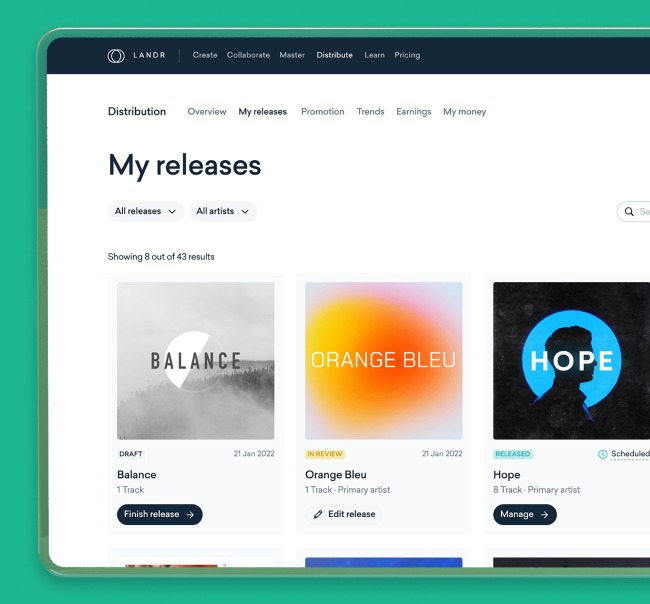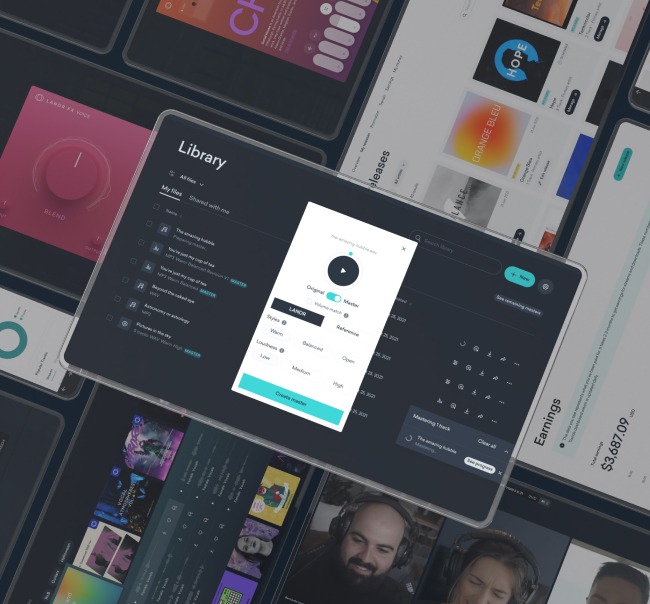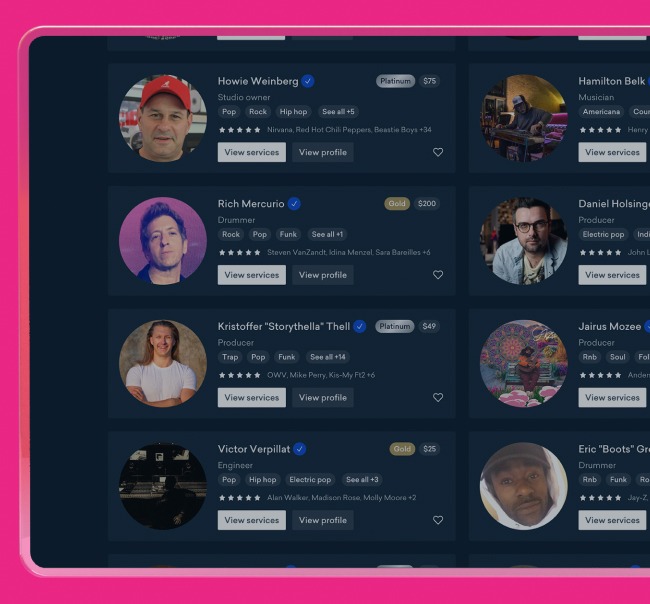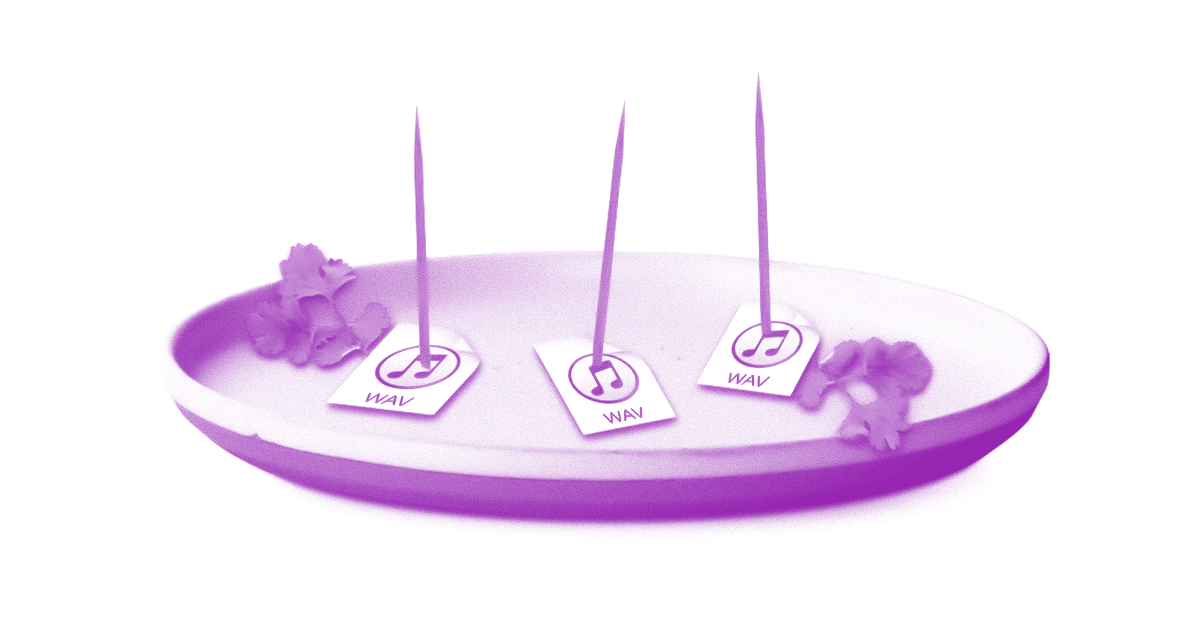
What is Indie Music? Our Guide for Independent Artists in 2025
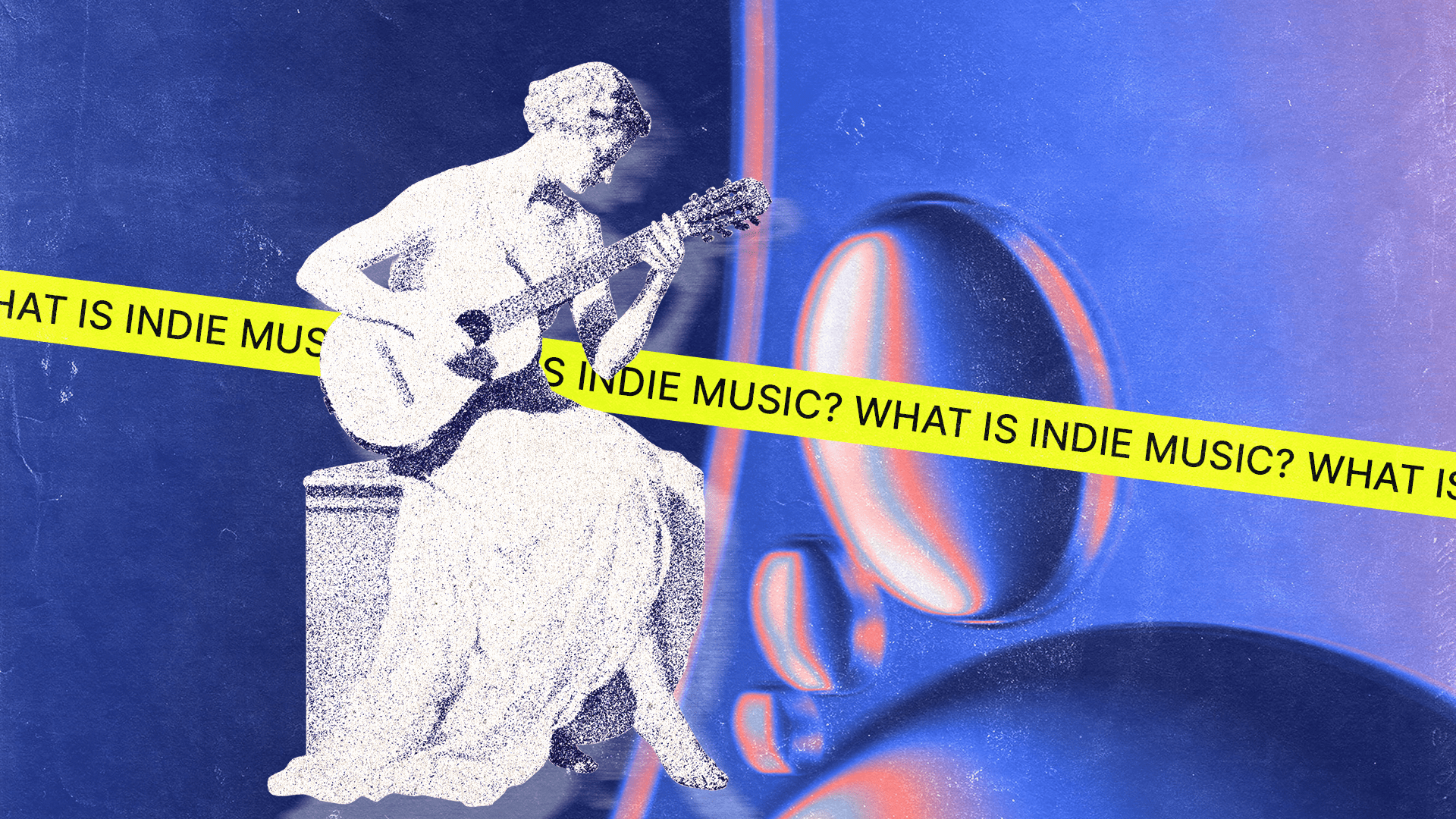
Indie music — is it a sound? A state of being for artists? Or is indie music something new that’s changing within the landscape of labels, streaming platforms and music distribution services?
In the late 2000s and early 2010s, indie had a specific sound. Plenty of bands fit under the label of indie-rock, indie-pop and indie-electronic. But do those genres still hold up?
With more and more artists choosing to forgo the traditional record label deal and opting to “go independent”, the meaning of indie music has arguably changed.
So, let’s dive into a short history of indie music and explore what it means to be an indie musician in 2025.
What is indie music?
Indie music is traditionally defined as music created by artists signed to record labels independent from the “major” record labels, typically using low-budget, do-it-yourself production values that diverge from the mainstream.
The term originated in reaction to a saturated mainstream culture in the 2000s, and it also came to define the specific sound that spawned from the creative freedom permitted by these lesser-known record labels.
But today, indie music means a lot more than just music produced by artists signed to an independent record label.
It refers broadly to the music of independent artists who release music without the support of any record label.
Instead, these artists use music distribution services to get their music streaming platforms while promoting their projects on social media.
In 2025, artists are more and more equipped to go it alone — if they’re prepared to commit to their craft and build their music promotion skills.
This is a huge reason why in recent years many artists, including wildly successful ones, have made a mark on the cultural landscape without the support of any record label.
Styles and examples of indie music
Indie music spans a broad range of genres. In many cases, indie artists are even credited with creating entirely new genres.
Here’s a few broad categories of indie music, their subgenres and examples of artists from each genre.
Indie rock and pop
Indie rock and indie pop have been around the longest out of all indie genres, and it’s arguably the inspiration for all the other indie categories.
With its origins in 80s British and New York based post-punk scenes, these often weird, pioneering rock bands wanted to break away from the glam arena rock mainstream by experimenting with jagged and jangling guitar tones, synthesizers and minimalist compositions.
Bands like The Strokes, Sloan, Arcade Fire, The Smiths and MGMT are popular examples of indie rock acts that broke into the mainstream.
Indie rock has many subgenres like math rock, lofi, emo and shoegaze to name a few.
Indie folk
Indie folk draws on the odd experimental folk-leaning tropes that grew out of the indie rock movement and the sound of folk legends like Bob Dylan and Leonard Cohen.
Straying away from traditional folk, indie folk built its sound by incorporating rock-style guitar tones, minimalist composition, poetic lyricism and non-traditional vocal styles.
Some notable indie folk acts include Phoebe Bridgers, Grizzly Bear, Devendra Banhart, Fleet Foxes and Sufjan Stevens.
Its subgenres include freak folk, twee pop and chamber pop to name a few.
Indie electronic
Indie electronic music also draws inspiration from the do-it-yourself production values of indie rock music while combining inspiration from house, techno, trance and electronica sub genres.
Generally synth-driven, indie electronic music is most notable for featuring live vocals performed over guitars, drum machines, samplers and sequencers.
Unlike traditional electronic music, which is most commonly performed by DJs in club contexts, indie electronic is often performed live by the artist, much like a rock or pop act.
Some notable indie electronic artists include James Blake, Panda Bear, Animal Collective, Stereolab, The xx and LCD Soundsystem.
Indie hip hop
While indie hip hop diverges much from the influences of early indie rock, many hip hop acts found success with the help of independent record labels.
If anything the genre draws inspiration from the sound of indie electronic producers, especially since both genres are reliant on synths, sampling and drum machines.
Indie hip hop artists tend to use unique lyricism and rhyming schemes coupled with experimental and at-times abrasive production styles.
Like other indie genres, its artists put an emphasis on self production and do-it-yourself recording techniques.
Some popular indie hip hop acts include Shabazz Palaces, Lil Ugly Mane, Yung Lean, Bladee, Quasimoto and RJD2.
Its subgenres include Soundcloud rap, Sad Boys, phonk, experimental hip hop and underground.
What does it mean to be an independent artist in 2025?
Evidently, indie music origins in late 80s post-punk scenes gave birth to a creative, free, do-it-yourself attitude that’s carried on and inspired countless artists for decades.
But it’s also why the meaning of being an independent musician has changed significantly.
Today, you don’t need a record deal to find success or grow your audience.
Music streaming platforms like Spotify and Apple Music, as well as social media and digital music distribution services, have completely changed what it means to be an independent artist in 2025.
In fact, getting a record deal is often an opportunity given to artists who are well into their careers, not as a starting point.
Instead, artists get their start by releasing music on streaming platforms, creating a cohesive aesthetic and content on social media and acting as their own managers.
Today, “indie” is increasingly a technical term that describes an artist’s career stage more than their specific sound.
So let’s unpack what it means to be an independent artist in 2025.
1. You produce your music
Likely in a home studio, you do it yourself by composing, recording, mixing and even mastering your music without much outside help.
Today’s independent artists take on the role of producer, engineer, composer, band leader and manager to name a few.
Even if you work in a band context or with collaborators, everyone contributes, but there’s no label involved that’s asking for certain conditions to be met or offering advances.
Instead it’s all about your creative expression — you get to write and produce your sound without any barriers or creative restrictions.
2. You own your music
The benefit of doing all the work is that you own it completely. You don’t have to recoup advances, and you don’t have to give publishing or recording rights away.
Of course, you’ll have to work to find opportunities and placements, but with hard work and determination and the help of music distribution services, it’s easier than ever to get your music on streaming platforms and keep all of your streaming royalties.
3. You pick your team
In a lot of cases, signing with a label also means working with in-house managers, agents, designers, producers and lawyers.
Whether it’s with an independent label or major label, you give up a share of control the second you sign a record contract.
Staying independent means you have much more control over who you work with. It’s up to you to build your team, and you can add personnel when you need it at the right time.
Not to mention that online collaboration platforms have made it easier than ever to find music industry support, managers, promoters, producers and other professionals.
So if picking your team and finding the right people on your own is appealing to you, following the independent route is a great option.
Go independent
In 2025, the definition of “indie music” has evolved beyond record labels and specific sounds.
It now embodies the spirit of independent artists who leverage digital tools and platforms to create, own, and distribute their music.
Being an independent artist today means taking on multiple roles, from producer to manager, and having complete control over creative expression and team selection.
Ultimately, “indie” signifies a career stage and a do-it-yourself ethos that empowers artists to forge their own paths in the music industry.
Gear guides, tips, tutorials, inspiration and more—delivered weekly.
Keep up with the LANDR Blog.
